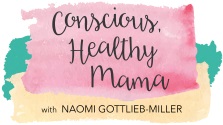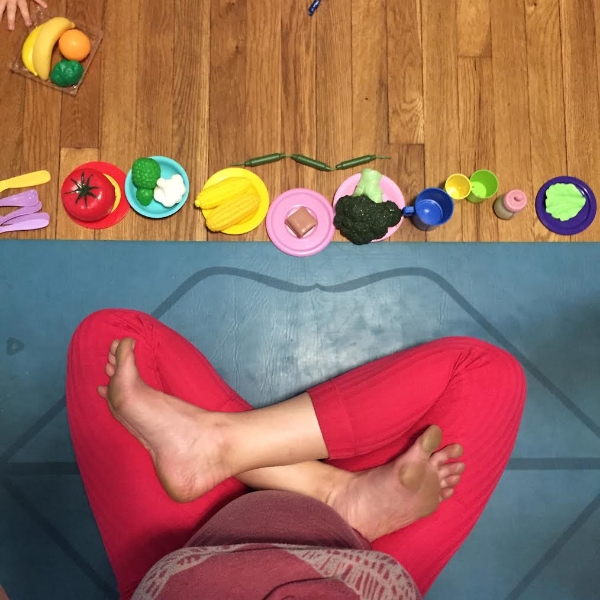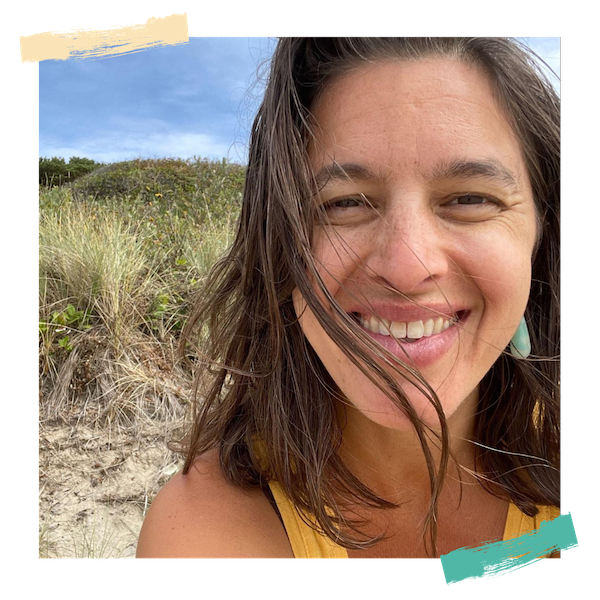70 years ago, if you told someone you were going out for a run, they’d ask, “who’s chasing you?”
People didn’t run for exercise or for fun. The only people who ran for fitness were in the military or professional athletes.
Now, running is considered to be one of the most basic elements of a healthy lifestyle and one of the most common physical activities a person will do to become more fit.
This happened because scientists released evidence indicating that running (and exercise), would increase health and longevity, so doctors started telling their patients to exercise, and now running is a totally normal part of our culture. You can’t go for a weekend stroll in your own city without accidentally stumbling into a 5k.
What was once unfamiliar, even unheard of, is now ubiquitous, a new normal.
Much like yoga studios opening on every corner. Or meditation getting featured in movies and TV shows.
In fact, some people think that meditation is on the verge of becoming a new normal health habit, prescribed for wellness and health just like running, yoga, eating your veggies, or getting enough sleep. A journalist named Dan Harris thinks meditation is the next big public health revolution. He wrote a book called, 10% Happier. I didn’t read his book, but I did watch 2 videos of him discussing meditation and the physical and mental health benefits of a regular meditation practice. They were fantastic, although as a longtime yogi and meditation enthusiast, it’s not new information.
What is new is the idea that someday meditation will become as commonplace as running. Meditation will be encouraged, not only by yoga teachers, but coaches, therapists, bosses, school teachers, doctors, and even parents!
That’s a wild “new normal.”
The truth is that we do this all of the time. We are constantly creating new habits and new routines that were once maybe outlandish ideas, but eventually became our standard.
If you’d told me 5 years ago that I’d look forward to being in bed before 10pm and reward myself when I make it happen, I would have laughed hysterically for hours before calming down. And yet, this is my bedtime target every day now.
When it comes to the desire for transformation, we do need to have audacious goals, but when it comes to actual, sustainable change, the the daily actions are smaller. Almost boring.
This is how a new normal is established.
Slowly, steadily — even stealthily — over time.
Running didn’t become a standard in fitness overnight. It took years for running as fitness or simply as pure physical enjoyment, to become a thing.
Meditation will likely be the same way. Within certain communities, meditation is a regular practice for mental health but probably in a few years, it’s reach will broaden beyond the yoga and spiritual communities.
We don’t always know what our new normal is going to be, especially in a broader sense. In fact, usually, we’re completely unaware of the shifts that are happening while they’re happening. Suddenly we find ourselves living within new patterns and routines that feel very familiar, but weren’t always that way.
I’ve said before that I’m not into New Year’s resolutions.
But I am into the idea of creating the circumstances for your eventual new normal. What if you could pick what your new normal is a year from now? What if you could determine the direction that your simple daily habits will take you?
This is way more interesting than New Year’s resolutions.
So here’s where to start:
1. Think about what you want to amplify this year.
This can be anything. It’s pretty open. You might want to amplify your capacity for compassion. Or amplify the amount of time you sleep every night. Or amplify your reading for pleasure. Or amplify your integrity.
What do you want to enhance or grow in the coming year? What would you like to flourish?
Think about these questions and then write some answers. Try to keep judgment or your “opinions” out of it. Write honestly and from the heart.
A few of mine look like this:
“I want to amplify my ability to respond and reduce my desire to react.”
“I want my creativity to flourish.”
2. Start from the “end” and work your way back.
Ok, so obviously, there really isn’t a definitive “end goal” or “end normal” you’re aiming for. I think of it more as a vibe. If you’re looking to amplify a feeling of deep rest in your life so you feel less frazzled, what are the steps you’ll need to take in order to experience that feeling?
You might want to add more meditation, more restorative yoga, more YOU time, more boundaries around your “working” hours (especially if you work from home, like I do). Contemplate what elements don’t exist in your current life that you might need to add in order to get the “VIBE” you’re aiming to amplify.
3. Set small, simple actions that establish your new normal.
Because here’s a hint: the small, simple, sustainable actions you put in place every day are what create your new normal.
I wrote a bit about this step in my New Year’s blog about “un-resolutions”, so I won’t go into as much detail here.
What you’re doing is breaking the vibe you’re after into actionable pieces. So if you’re looking to amplify your ability to rest more deeply, you might add in 5 minutes of daily meditation. Or go to a weekly restorative yoga class. Or go to bed 5 minutes earlier than you have been.
The key is to add these in slowly, a week or 2 at a time. Not all at once. That would be a recipe for disaster. Instead, plan out what the easiest new habit might be. One that feels so easy it might feel too easy (it’s not, I promise). Do that one for a week or 2, until the new action feels consistent, familiar, and routine. Then add in another.
Simple. Efficient. Not Overwhelming.
The time is ripe for transformation. Make some outlandish visions for your future new normal. Be audacious with your goals. Take small, sensible steps to get there and your new normal will come into being much more quickly than you realize.




